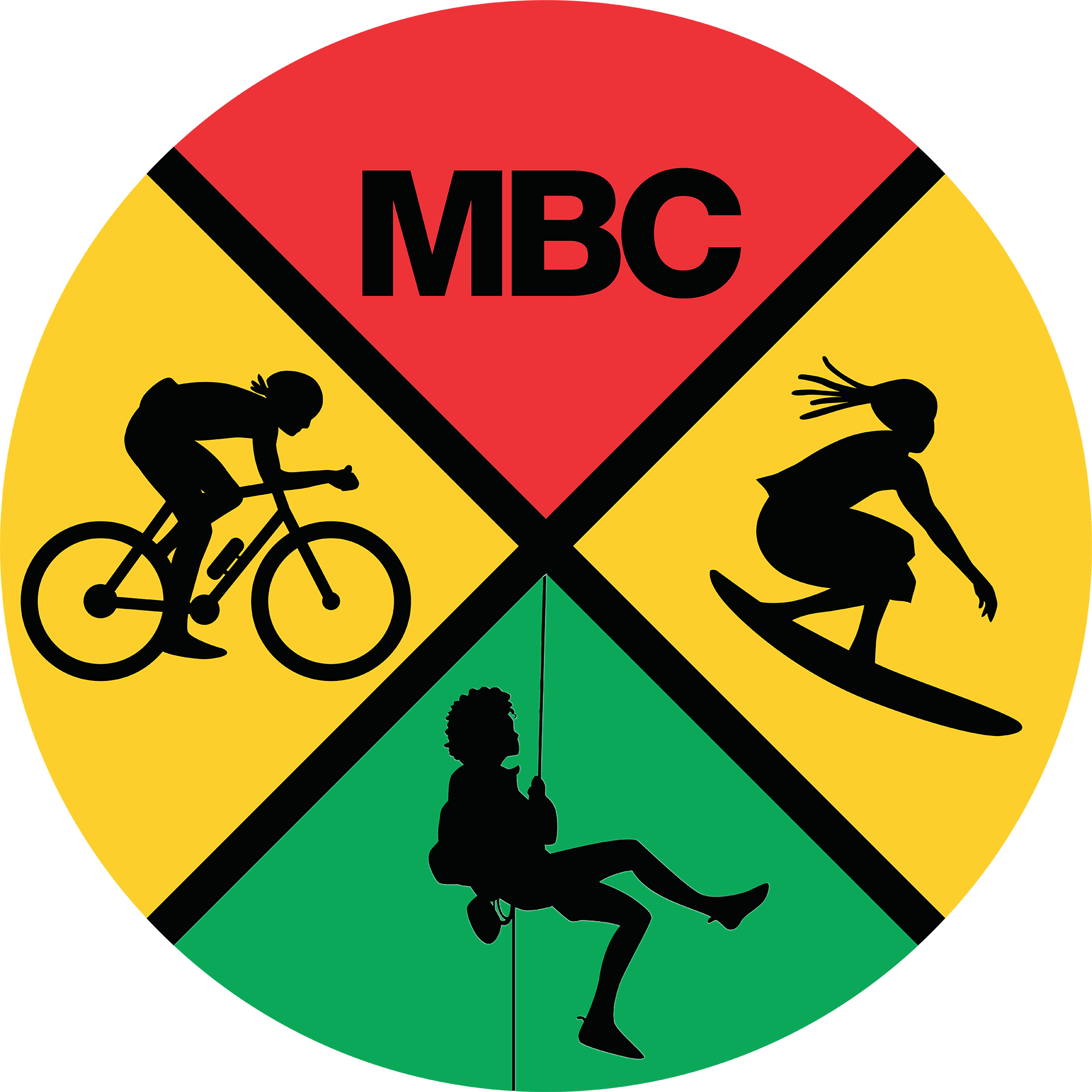Injured? Find a Good Chiropractor in a Few Simple Steps
Climbing with a TENS unit after using it at my chiro office.
Climbing is hard on the body, and particularly, the traps (trapezius). As a physician, many climbers come to me with chronic pain. I would say, about 90% of them are traps-related. Just this past week, I injured my traps doing weighted pull ups. So, the question is, who can help you manage trap pain? My ‘go-to’s are chiropractors and dry needlers.
I LOVE CHIROPRACTORS. I know there is a lot of stigma around them. They are quacks. They do pseudoscience. They’ll kill you. Just like any field, there are good and bad ones. But the field of chiropractic medicine is generally safe, helpful, and has been around a long time.
I’ve been seeing chiros since I was 12 to help manage my Ehler-Danlos syndrome, a hypermobility disorder that makes me more susceptible to injury and joint dislocations. They have been a life saver for me and the only reason I’ve been able to maintain my athletic abilities. Since I’ve moved quite a bit over the past 25 years, I’ve had to regularly find a new chiropractor. Here are a few tips to help you find the best chiropractor for you.
1) Ask your friends for recommendations
When looking for any medical professional, I usually start by asking friends, family, and co-workers for recommendations. Even if they can’t recommend someone, it’s also very useful to know who to avoid. When asking, make sure you specify exactly what you are looking for: The friendliest chiropractor? Someone with a lot of experience? Or maybe a flexible schedule?
One of the chiros at Elite OSM.
2) Look for athlete-friendly chiropractors
Are you a climber or someone who actively participates in adventure sports? If so, you may value chiropractors who generally understand what it means to be an athlete.
For example, if a chiro tells me the answer to my injury is to stop climbing, I don’t see them again. As a high level athlete, there’s always going to be something going on. I can’t stop climbing with every small injury or else, I’d never climb. One of my favorite chiropractors has his practice inside of an elite martial arts gym because he focuses on athletes who train intensively. He has never once told me to stop climbing; so I know, should that day come, I need to listen.
3) Avoid car accident-only chiropractors
If the website focuses on car accidents versus sports and wellness, I would try a different chiropractor.
Cupping after learning how to do it from my chiro
4) Check their services
What chiropractors can do varies from state to state. Some can do dry needling and some can’t. If you live in a state where chiropractors do dry needling, then I highly recommend trying it. This procedure is generally safe but does have potential adverse effects, like bruising, stiffness and pneumothorax (collapsed lung)—so look for someone who is experienced.
The best treatments usually combine adjustments with needle work. Finding one person who can do it all is very convenient! Also, check to see if the chiro does soft tissue work. I have personally found that adjustments without soft tissue work are less effective. Do they offer cupping and kinesio tape? Those are also bonuses!
Okay, so you find a sports medicine chiropractor that needles, tapes, and cups! Sounds perfect on paper, but will they be the chiropractor for you?
My absolute favorite adjustment!!
Four Questions to Evalute your chiropractor
1) Do they listen to you?
A thorough history is important in traditional medicine and chiropractic medicine to implent the best treatment plan. If they don’t make you feel heard, then find someone who will because you know your body best.
2) Do they do a thorough physical exam?
A physical exam is essential to a chiropractor since their job is to address muscles, bones, joints. If they begin adjusting you without a good exam, that means they are doing a generic treatment plan for anyone who walks in the door.
3) Do they spend more than 10 minutes with you?
There’s a new trend in the chiropractor scene, where they have a large open room with patients on tables. This is the most efficient way for a chiropractor to see the most amount of patients in a hour. However, it typically means they are only spending a few minutes at most with each person. That’s just not enough time to do a thorough job of healing.
4) Do they make you feel better?
My injuries typically don’t resolve with a single chiropractor visit, but I usually feel some what better within the following 24 hours (and usually instantly). If you aren’t feeling better after 2 visits, it’s time to move on to another chiropractor.
I hope you stay injury free, but if you don’t, I hope these tips help you find the chiropractor who is right for you!




